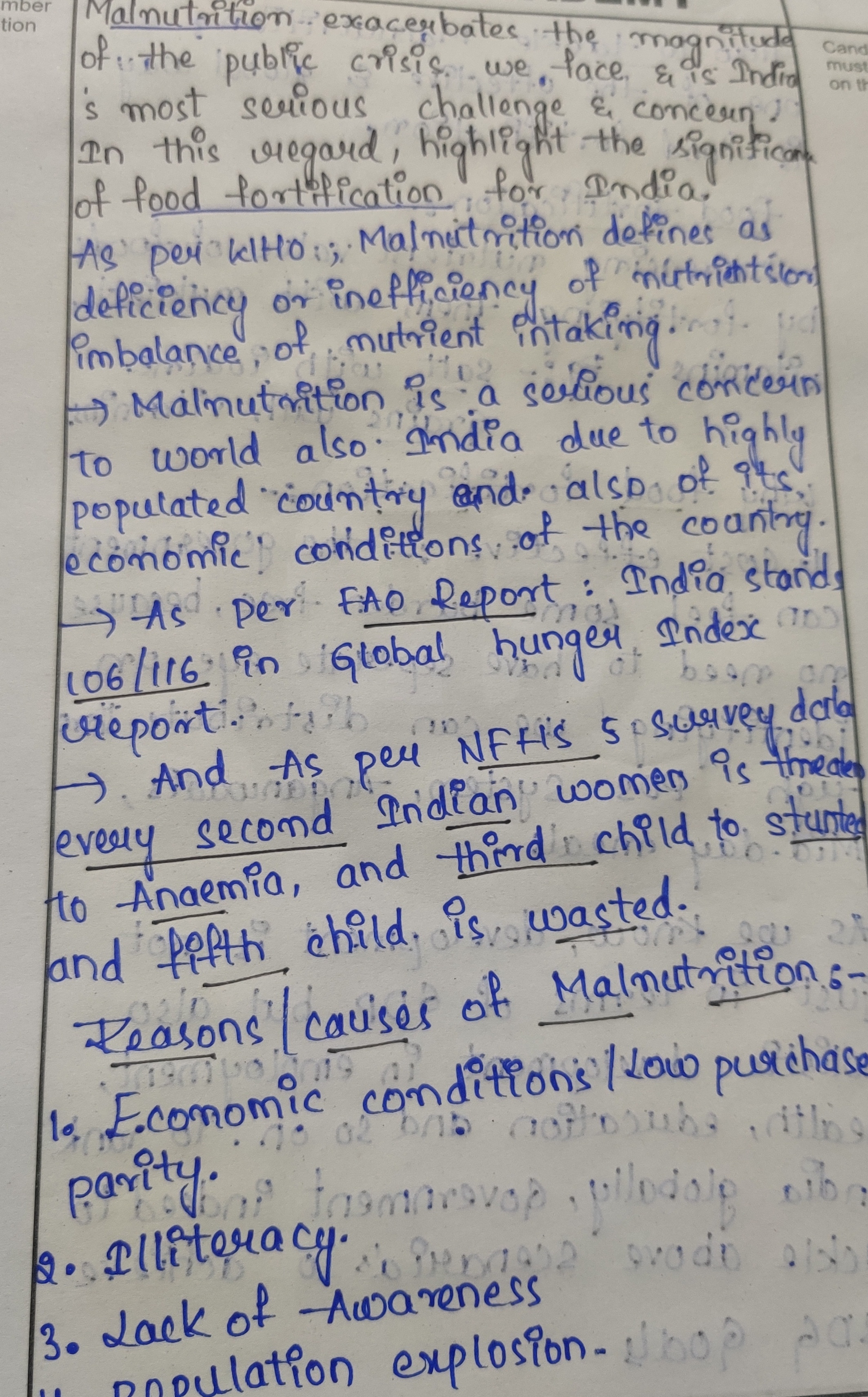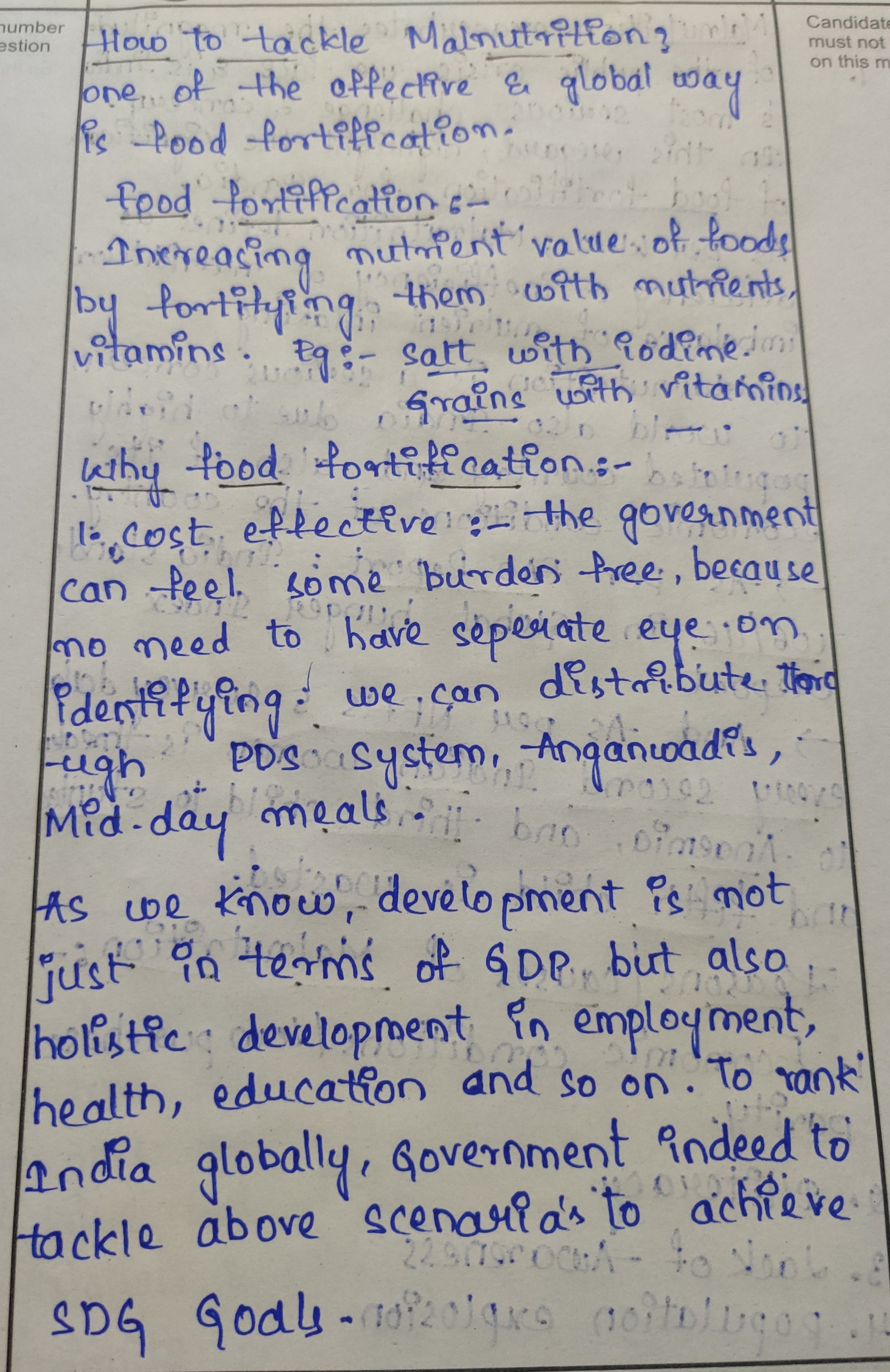Contents
Source– The post is based on the article “An Indian recipe to quell micronutrient malnutrition” published in The Hindu on 1st December 2022.
Syllabus: GS2- Issue relating to poverty and hunger
Relevance– Malnutrition in India
News– The article explains the benefits of food fortification in checking malnutrition
What does the statistics say about malnutrition in India? As per NFHS-5 data, every second Indian woman is anaemic, every third child is stunted and malnourished, and every fifth child is wasted.
According to an FAO Food Security Report for 2021, India ranks 101 out of 116 countries in the Global Hunger Index 2021. It has a 15.3% undernourished population, the highest proportion of stunted children (30%), and wasted children (17.3%).
Global Nutrition Report 2021 says that stunting among children in India is significantly higher than the Asian average of 21.8%.
What are the benefits associated with food fortification?
Pilot projects on the distribution of fortified rice have been taken up in Maharashtra (Gadchiroli district) as part of a targeted Public Distribution programme for the masses. The programme has been a success in terms of preventing cases of anaemia from 58.9% to 29.5% within a span of two years.
It has prompted the central government to declare the scaling up of the distribution of fortified rice through the existing platform of social safety nets such as the PDS, ICDS and PM-POSHAN.
In Gujarat, an eight-month long study on multiple micronutrient fortified rice intervention for school children, as part of the Midday Meal Scheme took place in 2018-19. It found increased haemoglobin concentration, reduction in anaemia prevalence, and more improved average cognitive scores.
What is the effectiveness of food fortification?
According to the World Health Organization, Iron deficiency anaemia is a major public health concern. It is responsible for 3.6% of disability-adjusted life years or DALYs.
According to NITI Aayog a rice fortification budget of around ₹2,800 crore per year can save 35% of the total or 16.6 million DALYs per year with no known risk of toxicity. In India, the cost of one DALY lost due to iron deficiency anaemia is approximately 30000 Rs.
The health benefits accruing from food fortification have made 80 countries to frame laws for the fortification of cereal flour, and 130 countries with iodised salt. 13 countries have mandated rice fortification.
What is the way forward?
Food fortification is a cost-effective complementary strategy to address multiple micronutrient deficiencies.It can help in reducing micronutrient deficiencies and address overall health benefits.
The intervention should be carried out with precaution. Activists have expressed concern that excess iron overload from fortified rice has been dangerous for Jharkhand’s tribal population suffering from sickle cell anaemia and thalassaemia.








